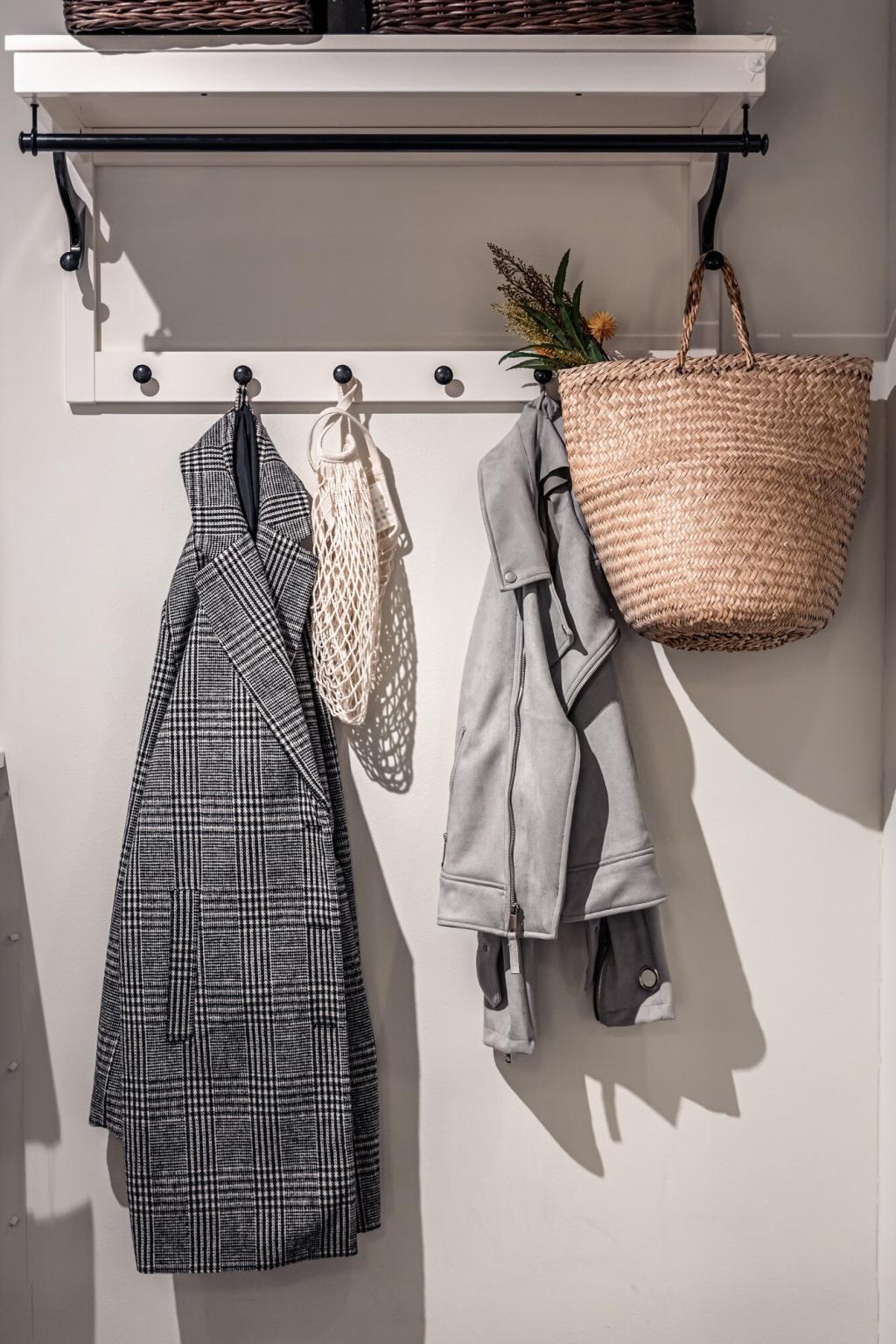Sustainable Fashion Trends for Spring
Welcome to the world of sustainable fashion, where style meets responsibility. This spring, the industry is embracing innovative ways to be both fashionable and environmentally conscious. Designers and brands are rethinking materials, adopting ethical production methods, and inviting consumers to participate in a movement that celebrates mindful choices. Discover how this season’s trends can help you update your wardrobe while minimizing your environmental footprint.
Natural and Organic Fabrics
Cotton Reinvented
Organic cotton is gaining widespread acclaim for its reduced reliance on harmful pesticides and synthetic fertilizers. Unlike traditional cotton, organic variants are grown with crop rotation techniques, preserving soil health and water resources. Many designers now prioritize this option in spring collections, delivering breathable, gentle garments that retain the comfort cotton is known for while supporting sustainable farming communities worldwide. The result is clothing that allows wearers to enjoy softness and style, all with a clear conscience.
Linen’s Comeback
Linen’s reputation as an eco-friendly staple continues to flourish, especially in spring wardrobes. Flax, the plant from which linen is made, demands minimal water and grows quickly without chemical inputs. This durability means linen pieces last for many seasons, reducing the need for frequent replacements. In addition to its light texture and airy feel, linen’s versatility enables its use in a range of silhouettes—perfect for spring’s shifting weather. Fashion-forward labels are expanding their linen lines, underscoring style that doesn’t sacrifice sustainability.
Hemp in High Fashion
Once overlooked, hemp is now a darling among eco-conscious designers. Grown with little water and virtually no pesticides, hemp fabric boasts impressive strength and biodegradability. Modern processing techniques have transformed hemp into a soft, elegant material with a rustic charm suitable for statement spring pieces. As the industry sheds its old perceptions, hemp is emerging in dresses, blazers, and accessories, offering responsible luxury in every thread.
Upcycled and Recycled Materials
01
Upcycling Vintage Finds
Upcycling vintage clothing has become a centerpiece for sustainable spring fashion. Designers and small brands are sourcing pre-loved garments and skillfully reworking them into unique, contemporary pieces. This approach minimizes waste while giving nostalgic fabrics a second chance to shine. Every upcycled piece carries a story, offering the wearer both individuality and a deeper connection to the past. The growing popularity of bespoke alterations and DIY projects furthers personal expression and a circular fashion economy.
02
Recycled Polyester Innovations
Recycled polyester, primarily sourced from discarded plastic bottles, is reshaping the activewear and casual wear landscape. By diverting plastics from oceans and landfills, designers are able to create performance fabrics that meet the demands of a modern lifestyle. Advances in recycling technology have resulted in recycled polyester that rivals its virgin counterpart in softness and durability. This material finds its place in spring’s light jackets, dresses, and athleisure lines, marrying technical performance with environmental stewardship.
03
Creative Patchwork Techniques
Patchwork is experiencing a remarkable resurgence this spring, symbolizing resourcefulness and sustainability. Instead of discarding fabric remnants, designers reassemble off-cuts into lively, patterned garments that tell a tale of mindful consumption. Each patchwork creation is inherently one-of-a-kind, merging colors and textures in ways that reflect the diversity of the times. As a result, spring collections radiate vibrancy while reducing textile waste, appealing to consumers who value both artistry and ethics.
Previous slide
Next slide
Slow Fashion and Timeless Design
Quality wardrobe staples form the backbone of a sustainable spring outlook. Choosing classic silhouettes made to last reduces the urge for constant replacement that fast fashion breeds. Designers are refining basics like tailored blazers, crisp shirts, and versatile trousers using premium, eco-conscious materials. These pieces are not only functional across seasons but also minimize the environmental impact by standing the test of time, becoming perennial favorites that age gracefully with the wearer.
Slow fashion values the hands and hearts of makers. This spring, there is renewed appreciation for artisan craftsmanship—hand-stitched embroidery, weaving, and dyeing—honoring traditions passed through generations. Such pieces often require more time and skill, reflecting higher quality and fair compensation for artisans. By supporting authentic craftsmanship, consumers foster sustainable livelihoods and protect cultural legacies, resulting in elevated collections with lasting emotional value.
Personalization is another pillar of slow fashion, offering made-to-order garments that reduce overproduction and waste. Spring collections are increasingly responding to consumer demand for individualized pieces, allowing for input on fabric, fit, and finish. This approach creates a deeper connection between buyer and garment, fosters intentional shopping, and ensures that every piece has a cherished place in one’s wardrobe, exemplifying mindful consumption.

Local Production and Transparent Supply Chains
Consumers are seeking brands that manufacture locally, reducing the carbon emissions associated with long-distance transport. Supporting homegrown labels keeps jobs and expertise within communities while ensuring better oversight of ethical practices. For spring, locally made collections often feature regionally inspired designs or fabrics, further deepening the sense of connection and pride between the maker and the wearer.

Vegan and Animal-Friendly Alternatives

Innovative plant-based leathers derived from sources such as pineapple leaves, mushrooms, and apple peels are gaining momentum. These materials offer the look and feel of traditional leather without harming animals or relying on petrochemicals. Advances in this sphere ensure durability and style, allowing their inclusion in spring’s bags, shoes, and jackets. Choosing plant-based leather alternatives allows eco-conscious consumers to enjoy the luxury of leather-like goods with peace of mind.
Embracing Rentable Wardrobes
Clothing rental services are making it easy and affordable to access new styles without the environmental impact of ownership. As spring brings weddings, events, and changing weather, rentals offer a rotating closet tailored to the season. This model allows consumers to experiment with bold looks or luxury labels for special occasions, returning the pieces when finished. The result is reduced demand for new production and a lighter ecological footprint—a win for both the style-conscious and the sustainability-minded.
Secondhand and Vintage Revival
Spring’s push toward sustainability embraces the allure of secondhand and vintage fashion. Contemporary shoppers are rediscovering the thrill of finding one-of-a-kind treasures in thrift shops, consignment stores, or specialized online platforms. By extending the life of garments, this approach diverts items from landfills and decreases the need for new resource extraction. Secondhand shopping also fosters a unique sense of personal style, enabling individuals to mix eras and stories in a way that no mass-market production can replicate.
Fashion Take-Back and Repair Programs
Leading brands are instituting take-back and repair programs to further promote circularity. These initiatives encourage customers to return or repair worn pieces, closing the loop on garment life cycles. By offering repairs or recycling old clothing into new collections, labels acknowledge their responsibility for the entire lifespan of their products. This spring, such programs empower shoppers to participate in sustainability, transforming consumption from a linear process into a regenerative cycle.
Eco-Conscious Accessories and Minimalism
Sustainable jewelry is gaining traction, favoring recycled metals, conflict-free stones, and transparent sourcing. Designers are highlighting ethical gemstones, lab-grown diamonds, and even repurposed vintage pieces in their spring lines. These mindful choices not only beautify but also support responsible mining and manufacturing practices. For wearers, each accessory serves as a symbol of their values, allowing them to celebrate both personal style and planetary care.

